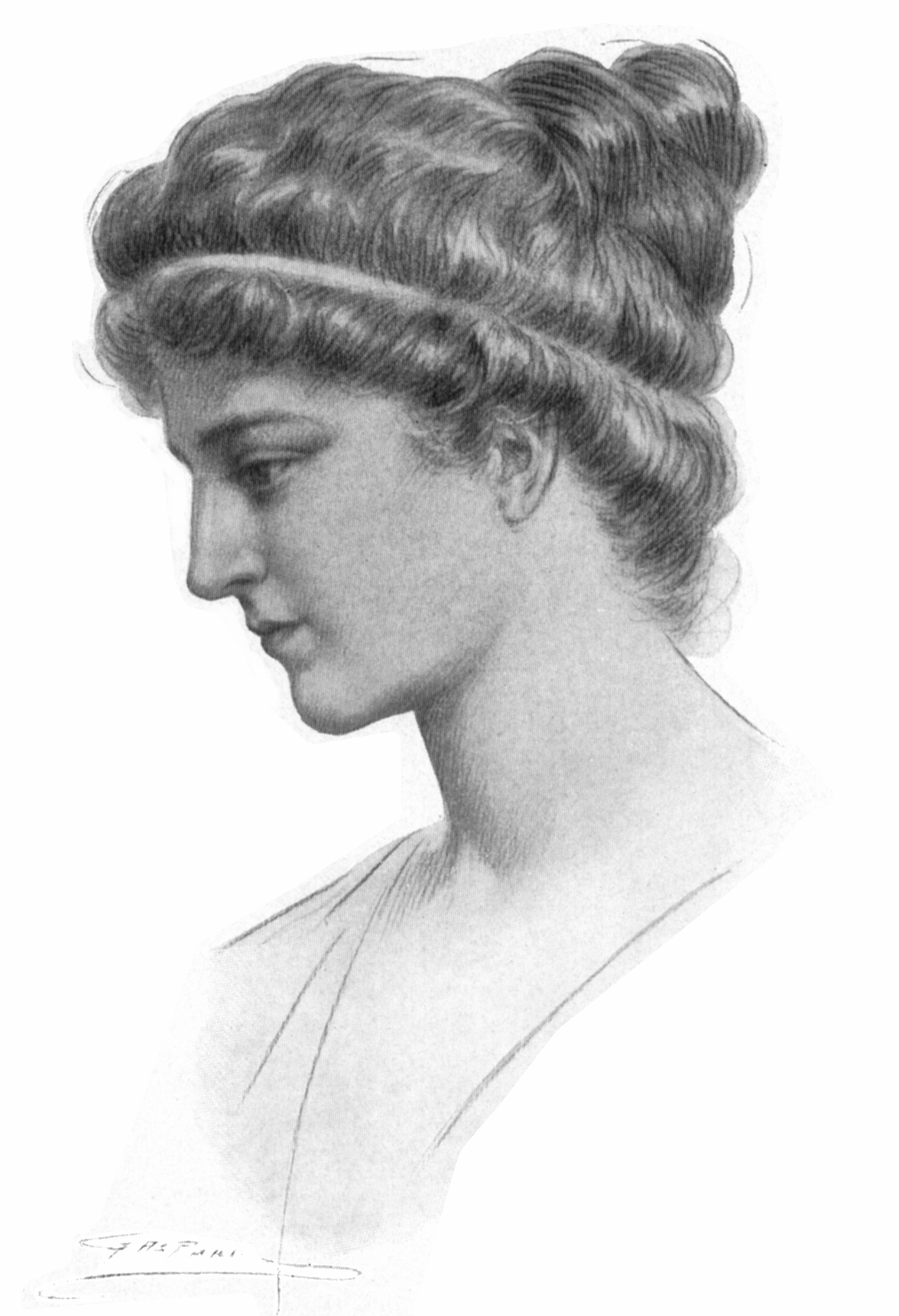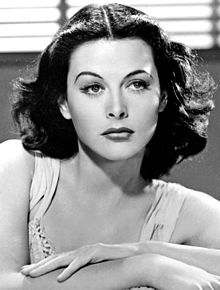Numbering Women
 In ancient times, a few women were recognized for their work in science or mathematics. One was Hypatia of Alexandria, ca. 355-415 BCE, a Greek mathematician, astronomer and philosopher. She lived during especially turbulent times; the Library of Alexandria was destroyed in 391. Hypatia was a distinguished teacher and leader of an influential and elitist circle of intellectuals. Said to have been very beautiful and celibate, she has been sometimes described as a pagan, but though her group was interested in classical philosophy it included some prominent Christians. In 415 a mob, possibly incited by the Christian Patriarch who was jealous of Hypatia's influence, assaulted her in the street and brutally murdered her. She has become a feminist symbol. (She was a character in the 2009 film Agora.)
In ancient times, a few women were recognized for their work in science or mathematics. One was Hypatia of Alexandria, ca. 355-415 BCE, a Greek mathematician, astronomer and philosopher. She lived during especially turbulent times; the Library of Alexandria was destroyed in 391. Hypatia was a distinguished teacher and leader of an influential and elitist circle of intellectuals. Said to have been very beautiful and celibate, she has been sometimes described as a pagan, but though her group was interested in classical philosophy it included some prominent Christians. In 415 a mob, possibly incited by the Christian Patriarch who was jealous of Hypatia's influence, assaulted her in the street and brutally murdered her. She has become a feminist symbol. (She was a character in the 2009 film Agora.) Ada Lady Lovelace (1815-1882) was the daughter of Lord Byron. A talented mathematician, she translated and elaborated an article by an Italian engineer into a document she titled simply Notes. She took the description of Charles Babbage’s Analytical Engine, which In conception and design was the forerunner of modern digital computing, and explained step by step how the engine would work, essentially programming it. This corrected what Babbage acknowledged to be a “grave mistake.” Lovelace is thus known for having created the first computer program.
Ada Lady Lovelace (1815-1882) was the daughter of Lord Byron. A talented mathematician, she translated and elaborated an article by an Italian engineer into a document she titled simply Notes. She took the description of Charles Babbage’s Analytical Engine, which In conception and design was the forerunner of modern digital computing, and explained step by step how the engine would work, essentially programming it. This corrected what Babbage acknowledged to be a “grave mistake.” Lovelace is thus known for having created the first computer program. Hedy Lamarr (1903-2000) is perhaps best known as an actress ("the most beautiful woman in the world") but she was also an inventor. Along with composer George Antheil, she designed a long-distance system to manipulate radio frequencies at regular intervals to form an unbreakable code to prevent interception of classified messages by the enemy. They received a patent in 1941, but the significance was not realized until much later; it was first used during the Cuban Missile Crisis and then in other military operations. Today their “spread spectrum” technology is used in mobile telephone technology; there is a recent documentary about her work. She famously remarked that "any girl can be glamorous. All you have to do is stand still and look stupid."
Hedy Lamarr (1903-2000) is perhaps best known as an actress ("the most beautiful woman in the world") but she was also an inventor. Along with composer George Antheil, she designed a long-distance system to manipulate radio frequencies at regular intervals to form an unbreakable code to prevent interception of classified messages by the enemy. They received a patent in 1941, but the significance was not realized until much later; it was first used during the Cuban Missile Crisis and then in other military operations. Today their “spread spectrum” technology is used in mobile telephone technology; there is a recent documentary about her work. She famously remarked that "any girl can be glamorous. All you have to do is stand still and look stupid." - Grace Murray Hopper (1906-1992) was an associate professor of mathematics at Vassar but when World War II broke out she joined the Navy WAVES and worked at the Bureau of Ships Computation Project at Harvard, programming the Mark I computer. Nor was she alone in working during the war, as women played important roles in many areas. After the war she continued to work on computer programming and also campaigned across the country for high-level programming languages. In 2016 the Naval Academy announced that it would name a new cyber center in her honor as the "mother of computing;" she was also sometmes known as Amazing Grace.
 And we can't leave out the women "computers!" The term was originally used to refer to the people who made mathematical calculations, and many of those who did this kind of work in the field of astrophysics were women. So were the women who worked for NASA in the early days, and who have recently been celebrated in the book and film Hidden Figures. Picture is of Katherine Johnson.
And we can't leave out the women "computers!" The term was originally used to refer to the people who made mathematical calculations, and many of those who did this kind of work in the field of astrophysics were women. So were the women who worked for NASA in the early days, and who have recently been celebrated in the book and film Hidden Figures. Picture is of Katherine Johnson.
Women are making progress in computer sciences, but still face some issues. Here is an article outlining some of the changes.
 In ancient times, a few women were recognized for their work in science or mathematics. One was Hypatia of Alexandria, ca. 355-415 BCE, a Greek mathematician, astronomer and philosopher. She lived during especially turbulent times;
In ancient times, a few women were recognized for their work in science or mathematics. One was Hypatia of Alexandria, ca. 355-415 BCE, a Greek mathematician, astronomer and philosopher. She lived during especially turbulent times;  Ada Lady Lovelace (1815-1882) was the daughter of Lord Byron. A talented mathematician, she translated and elaborated an article by an Italian engineer into a document she titled simply Notes. She took the description of Charles Babbage’s Analytical Engine, which In conception and design was the forerunner of modern digital computing, and explained step by step how the engine would work,
Ada Lady Lovelace (1815-1882) was the daughter of Lord Byron. A talented mathematician, she translated and elaborated an article by an Italian engineer into a document she titled simply Notes. She took the description of Charles Babbage’s Analytical Engine, which In conception and design was the forerunner of modern digital computing, and explained step by step how the engine would work,  Hedy Lamarr
Hedy Lamarr